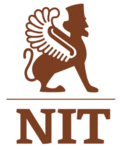On December 16, 2024, Dr. Friso Hoeneveld (University of Amsterdam) gave a lecture at Ankara University as a part of the celebrations commemorating the 100-year Friendship Treaty between the Netherlands and Türkiye. We are grateful to Ankara University and its rector Prof. Dr. Necdet Ünüvar and to the Embassy of the Kingdom of the Netherlands in Türkiye for making this event possible.
by Friso Hoeneveld
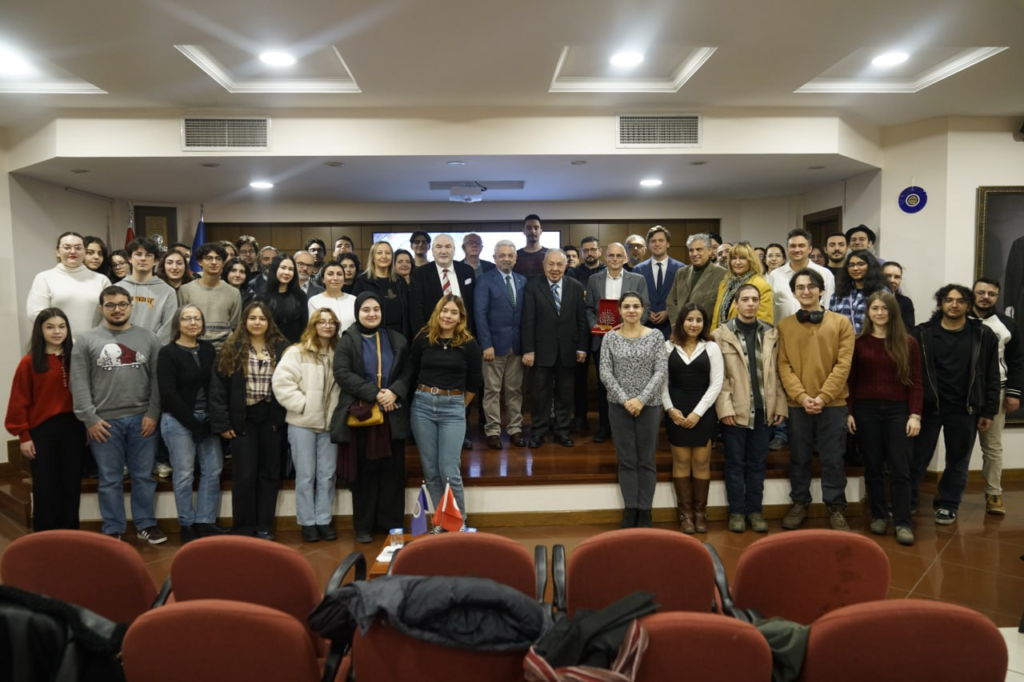
On 16 December 2024, I gave the lecture ‘Egbert Kreiken: How a Dutch Globetrotter Became a Turk at Heart’ at Ankara University. The Dutch astronomer Kreiken played an important role in the 1950s in revitalizing Ankara’s observatory. This small conference was part of the official celebrations marking 100 years of friendship between the Republic of Turkey and the Kingdom of the Netherlands. The Dutch embassy in Ankara initiated this lecture to honor Kreiken, a figure symbolizing the fruitful academic collaboration between the two nations. That afternoon, Dr. Tolgahan Kılıçoğlu, deputy director of the ‘Kreiken Rasathanesi,’ provided a fascinating guided tour of the observatory that still bears Kreiken’s name.
Although Kreiken is barely known in the Netherlands, he is remembered and honored in Turkey. At his funeral, his coffin was draped with the Turkish flag, and the national anthem was played—a powerful acknowledgment of his contributions to Turkish science. One of his students, Dr. Güner Omay, even wrote a biography about him. Kreiken’s name lives on through various tributes in Turkish astronomy.
Kreiken was born in the Dutch village of Barneveld in 1896 and spent part of his childhood in France. He studied and earned his PhD at the University of Amsterdam. His career took him to the Dutch East Indies, where he worked as Chief Observer at the Bosscha Observatory. After a conflict with its director, Joan Voûte, he turned to teaching and worked at several schools in the Dutch East Indies.
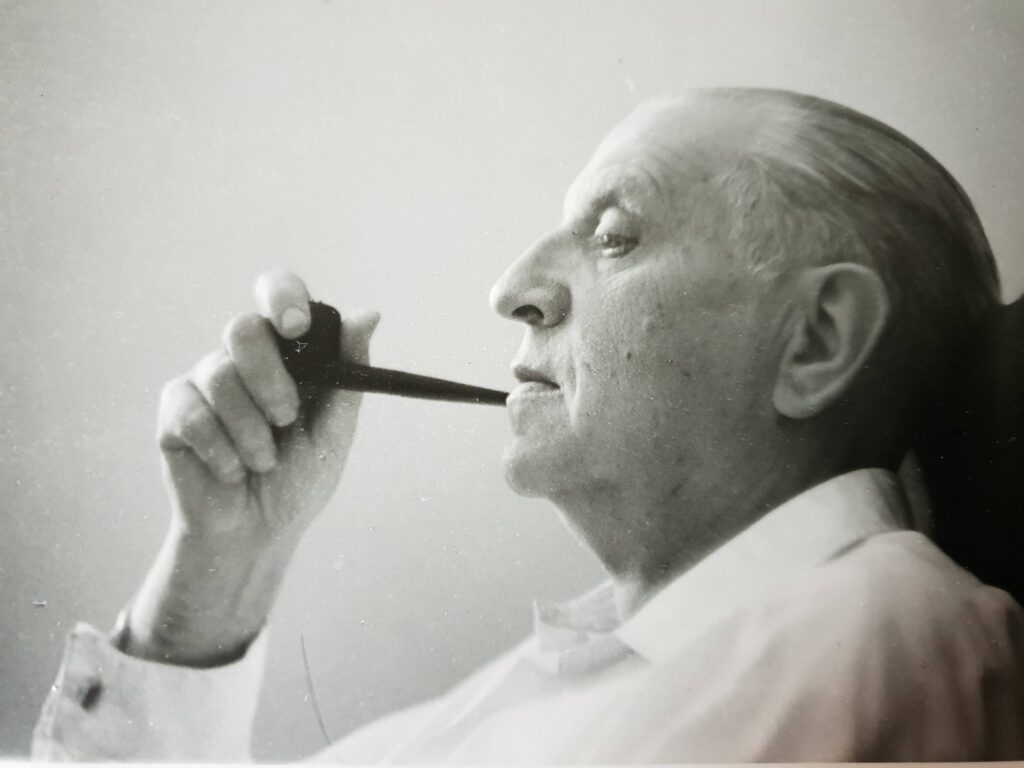
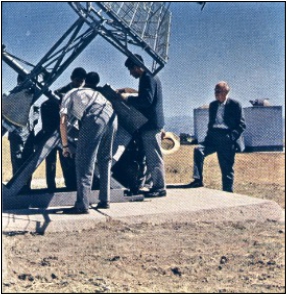
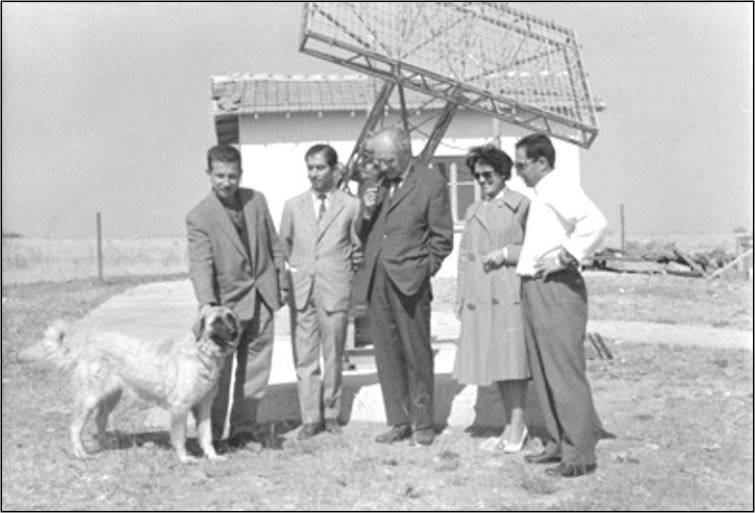
Images from Ankara Üniversitesi Gözlemevi’nin Kurucusu ve Eğitim Gönüllüsü Prof. Dr. Egbert Adriaan Kreiken published by Güner Omay in 2011.
During the Japanese occupation of the Dutch East Indies, Kreiken was interned in camps, where he narrowly survived. He lost his wife to the hardships of the camps; he himself weighed only 32 kilos after liberation. Yet he remained in Indonesia for several more years, working for both the Dutch and Indonesian governments—how this related to the bloody colonial war being waged during those years requires further research. He also began collaborating with UNESCO, the newly established UN organization focused on international cooperation in education, science, and culture.
In 1954, Kreiken embarked on a new chapter in Turkey. The astronomy department at Ankara University was in decline, but Kreiken’s vision and determination transformed it into a thriving institution. He recruited staff, acquired modern instruments, and secured financial support from NATO funds. This work reflects not only Turkey’s drive for modernization but also the strategic importance attached to science and education during the Cold War.
Exactly how Kreiken became “a Turk at Heart,” as his wife Frances described him after his death, remains an open question. It would require further exploration of his correspondence and archival materials. Stepping back, however, broader patterns help explain this mutual respect. Turkey’s openness to welcoming foreign experts who could contribute to its development was a key factor. At the same time, Turkey’s strategic location near the Soviet Union made it central to NATO’s Cold War strategy. Investments in astronomy resulted in the building up of scientific manpower, which aligned with these goals and contributed to the so-called ‘arsenals of knowledge.’
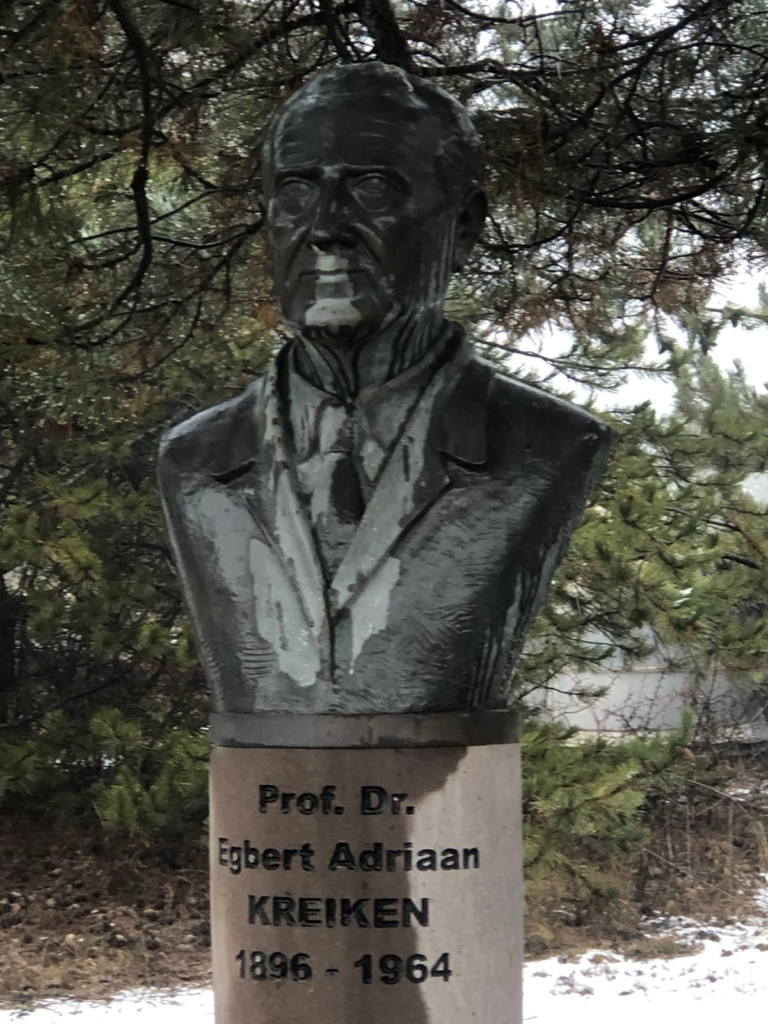
Kreiken’s vision and drive allowed him to bridge his scientific expertise with the ambitions of a young republic. His legacy demonstrates how international collaboration benefits individuals and nations alike. It is a powerful example of how a curious and open approach to science and culture can yield extraordinary, cross-border results—even in times of polarization and rising global tensions.
